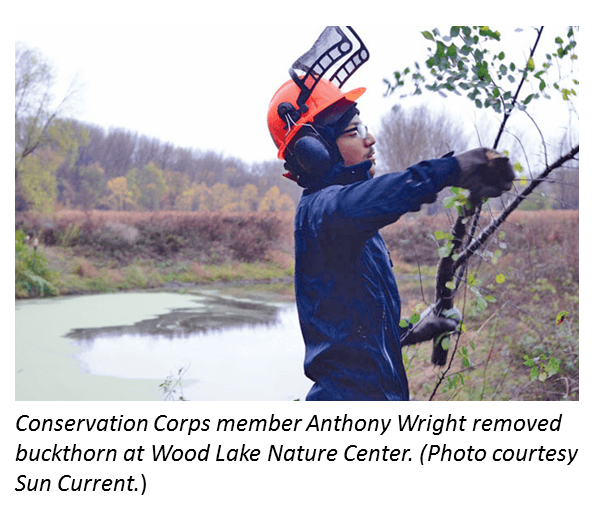Keeping Minnesota Waters Swimmable, Fishable- and Enjoyable

Ecology is a discipline very interested in “parts per million” of this and “desirable levels” of that. So, it’s somewhat surprising the litmus test for the “swimmability” of a Minnesota lake is very straightforward: Are people willing to swim in it? Because Minnesota has so many lakes (generally, either side of 12,000) and so many different types (e.g., “prairie pothole” vs. cold, deep glacial), the answer varies widely.
Ecologists have divided Minnesota into seven ecoregions. One, “Northern Lakes and Forests” – roughly the upper-right quarter of the state – contains 46 percent of the Minnesota’s lakes, and 92 percent of those are fully swimmable. Conversely, in the state’s southwest quarter, lakes are naturally shallow, high in nutrients and heavily impacted by agricultural runoff. There, 81 percent of the lakes do not support swimmable use.
Tourism and recreation are a large part of Minnesota’s “brand”. They contribute more than $12 billion annually to the state’s GDP and support 245,000 private-sector workers – compelling reasons to assure folks on our lakes and waterways have healthy and enjoyable experiences.

Conservation Corps Minnesota & Iowa (CCMI) did its part recently on a project that supports yet another way to enjoy Minnesota’s natural resources. At a recent project at Wood Lake Nature Center in Richfield, CCMI crews stabilized one of the park’s 22 culverts to prevent sediment from washing into the marsh and the local watershed. This meant removing invasive buckthorn and hazard trees and planting 75 new trees and shrubs. The crew was particularly eager to remove several trees that were slowly sliding into the culvert, as displacing their root systems would ultimately inflict considerable erosion on the culvert’s banks. A second initiative focused on improving the Center’s prairie habitat, which joins the marsh and woodland areas as the park’s three types of environments.
The Center’s variety of habitats is critical to its educational mission that also includes learning about the importance of water quality, especially because the preserve serves as the base of the local watershed. And, thanks to CCMI’s efforts, they also can now easily see roaming wildlife – not possible when a thick wall of buckthorn had blocked the view.
Project funding was provided by a Clean Water Fund Grant and a three-year Conservation Partners Legacy Grant. Crews will return over the next two years to manage buckthorn regrowth.